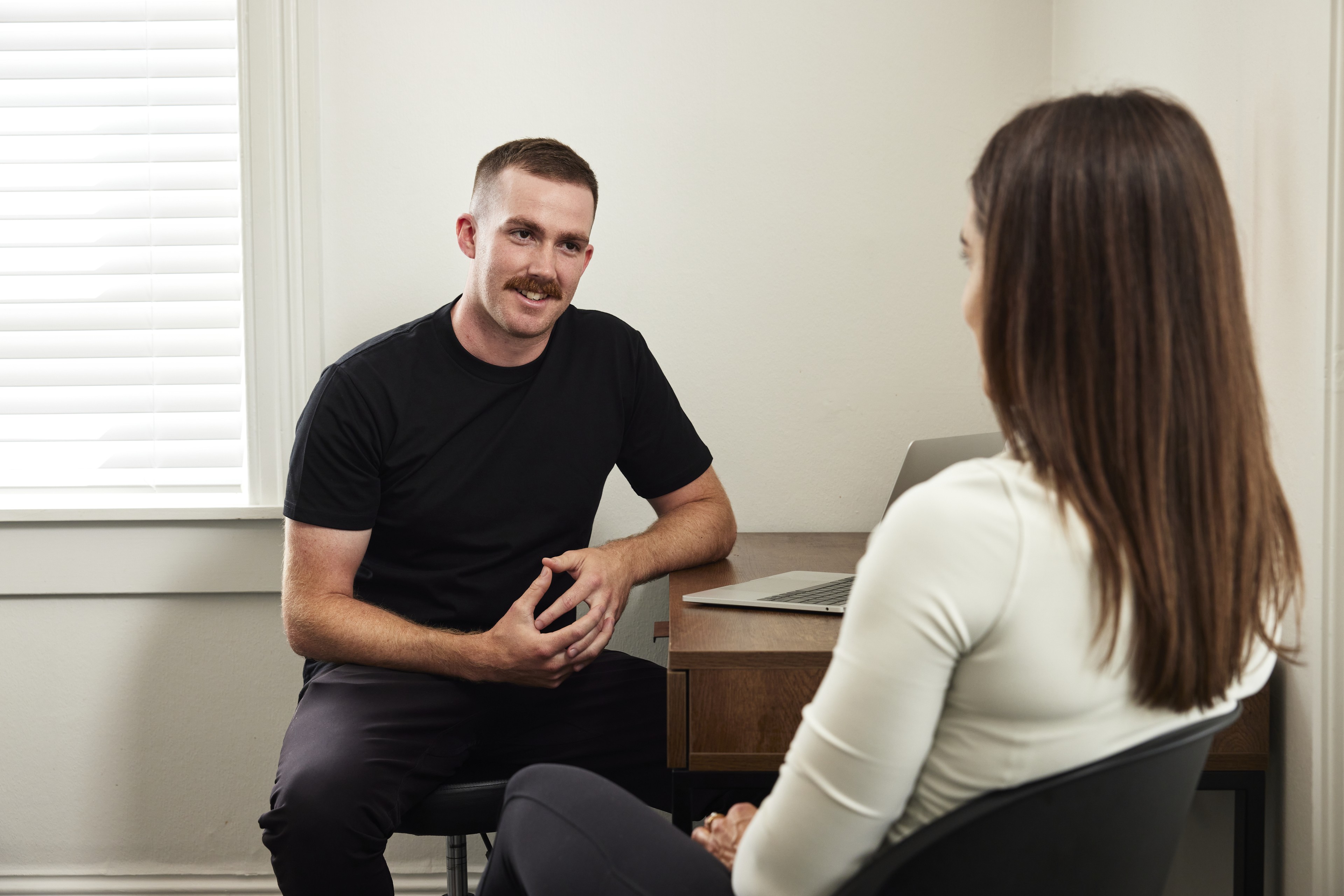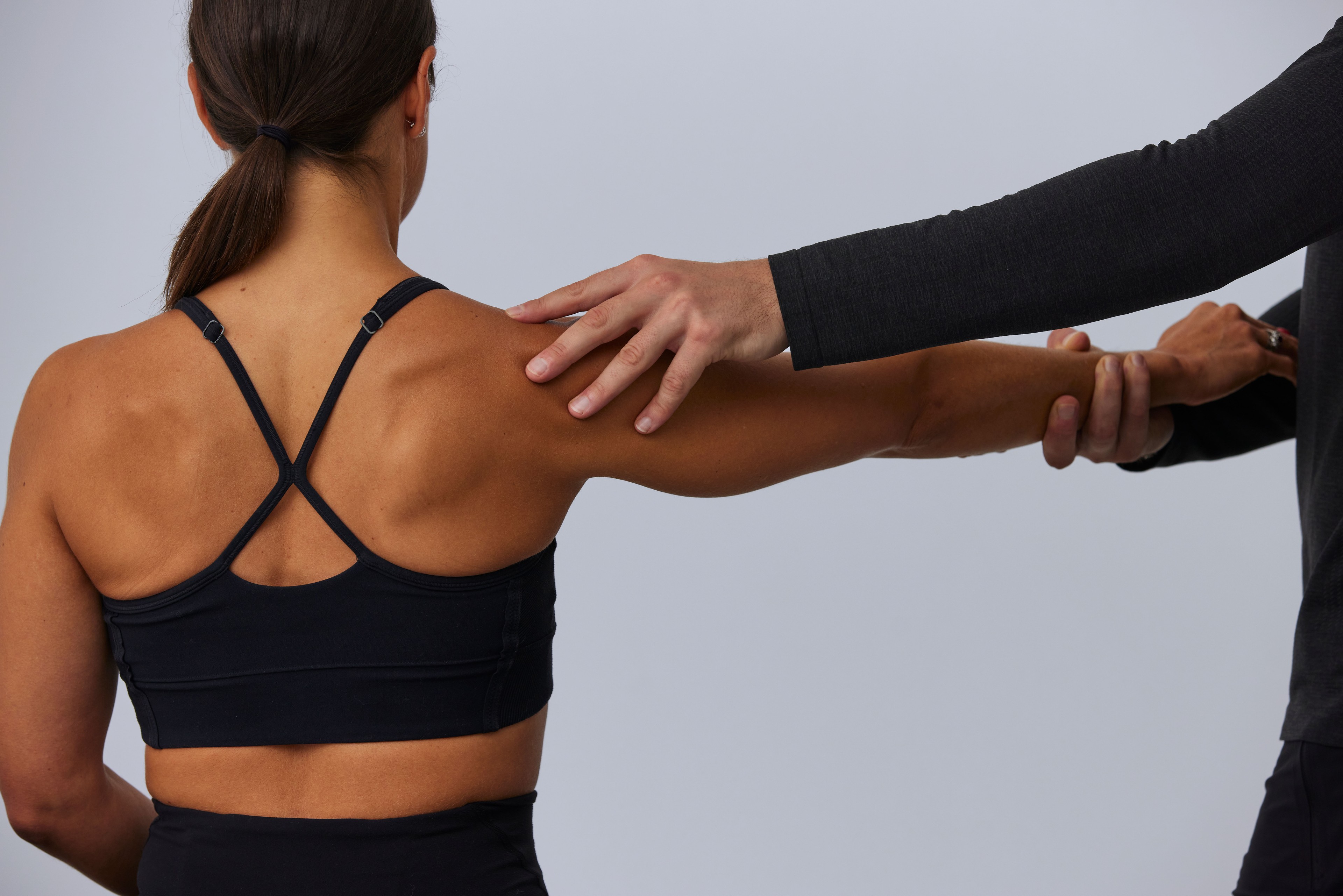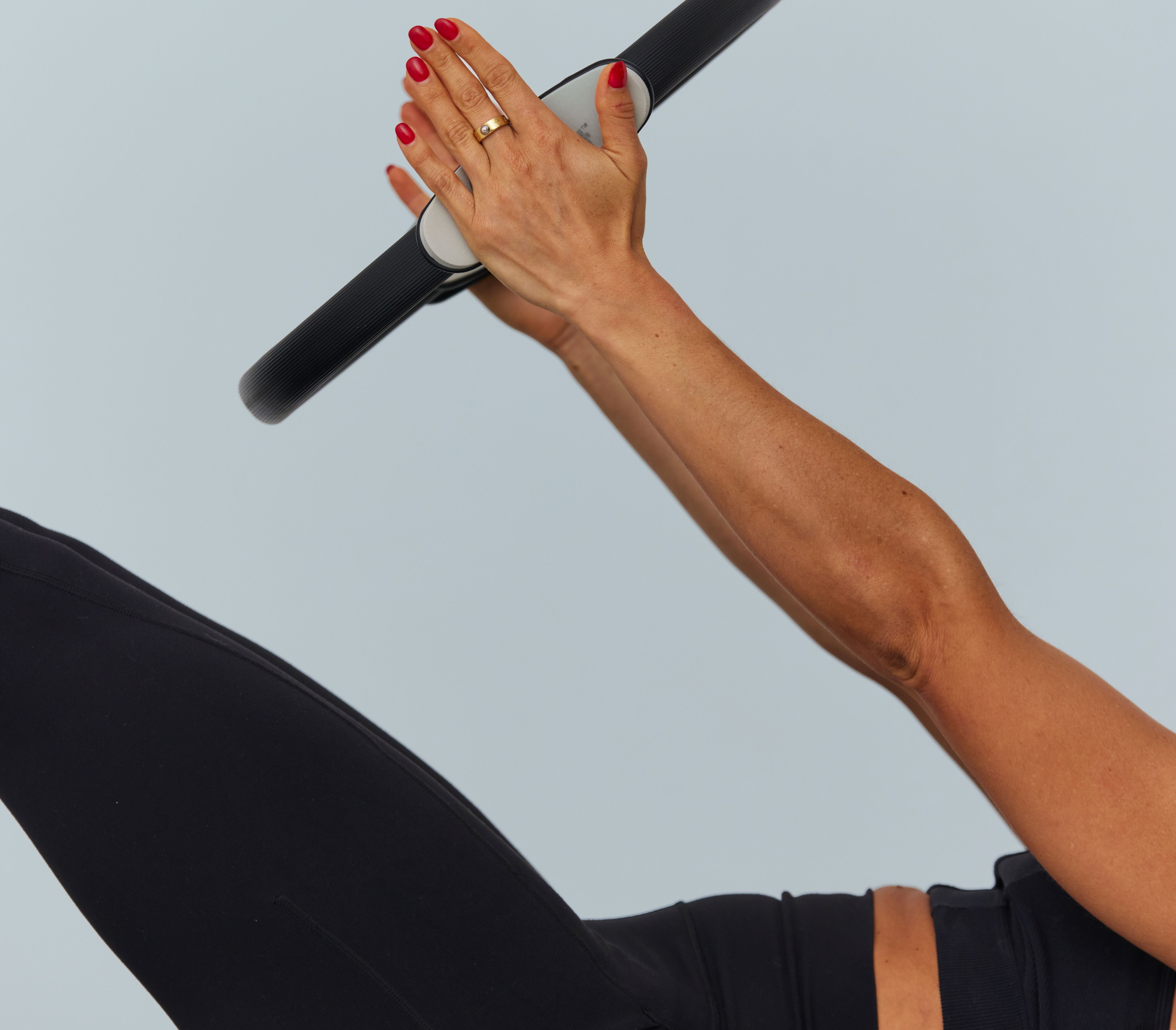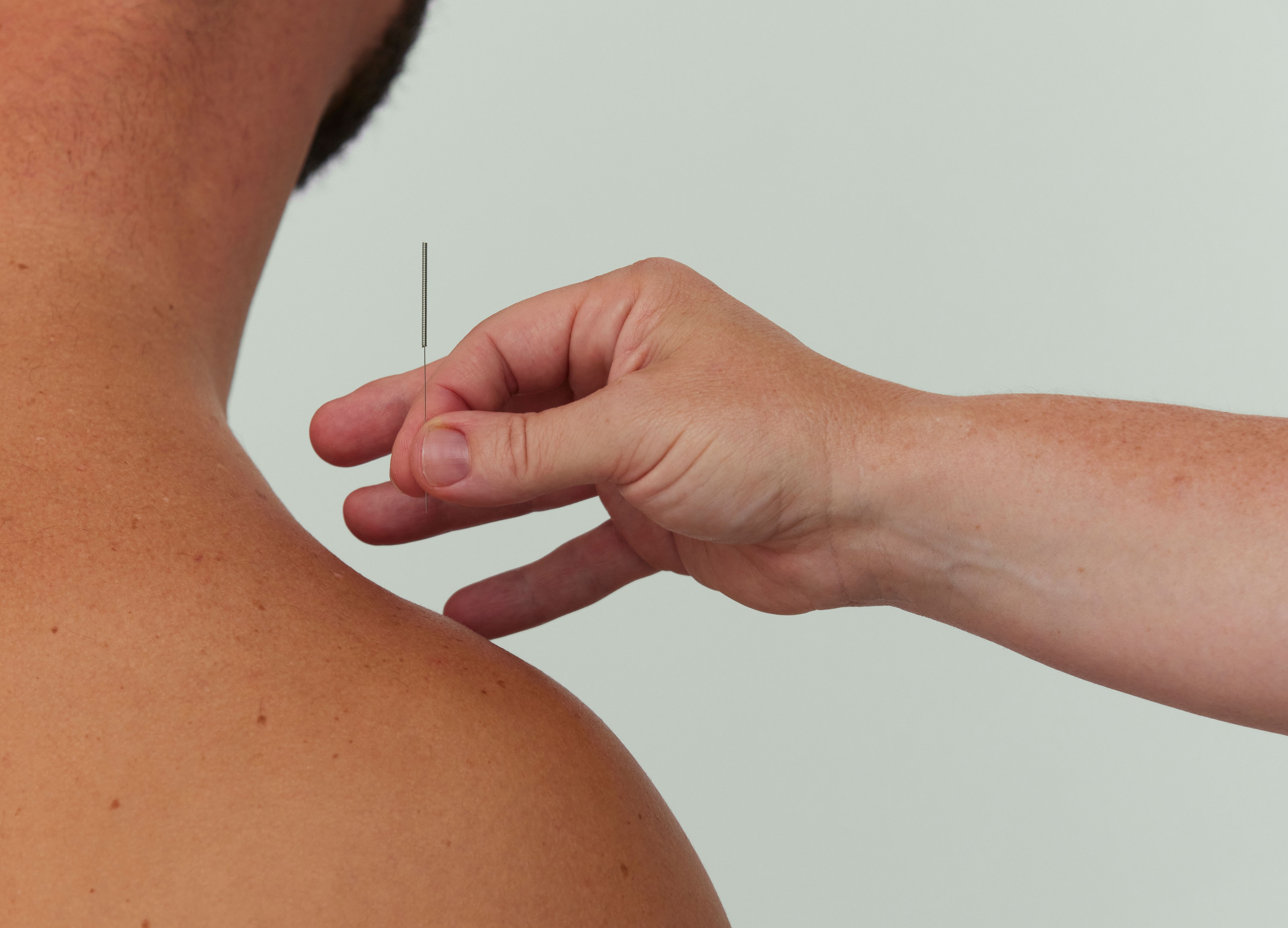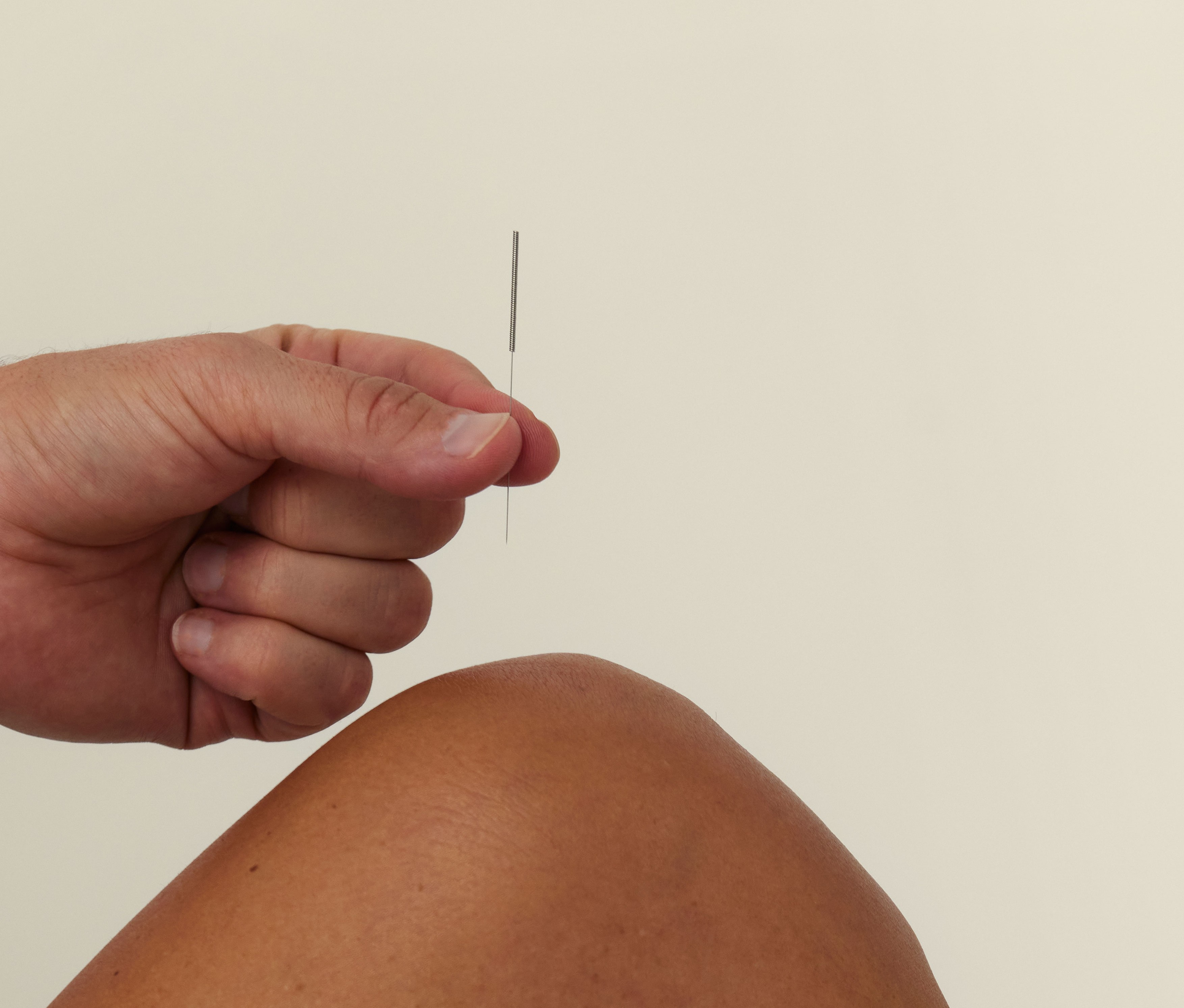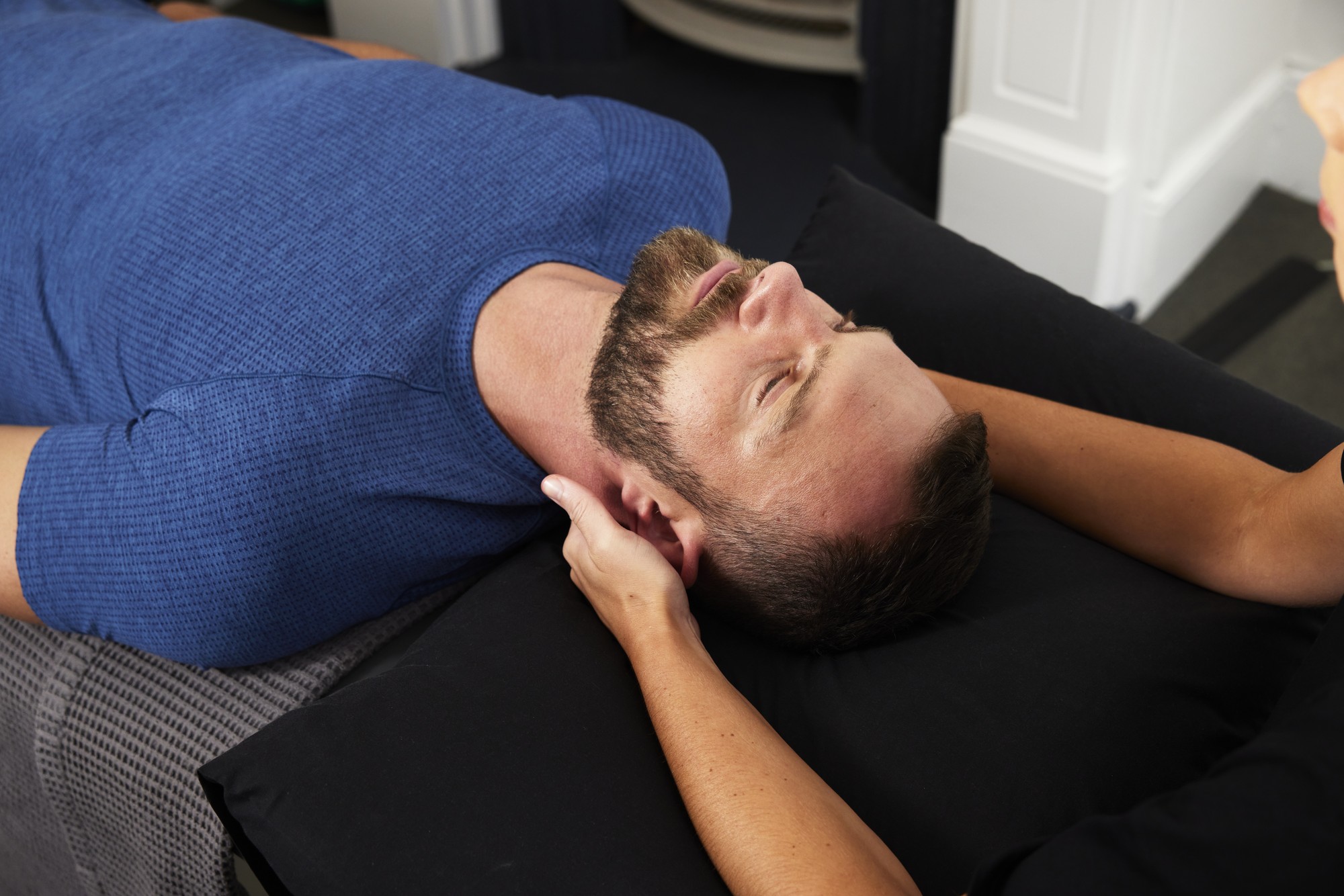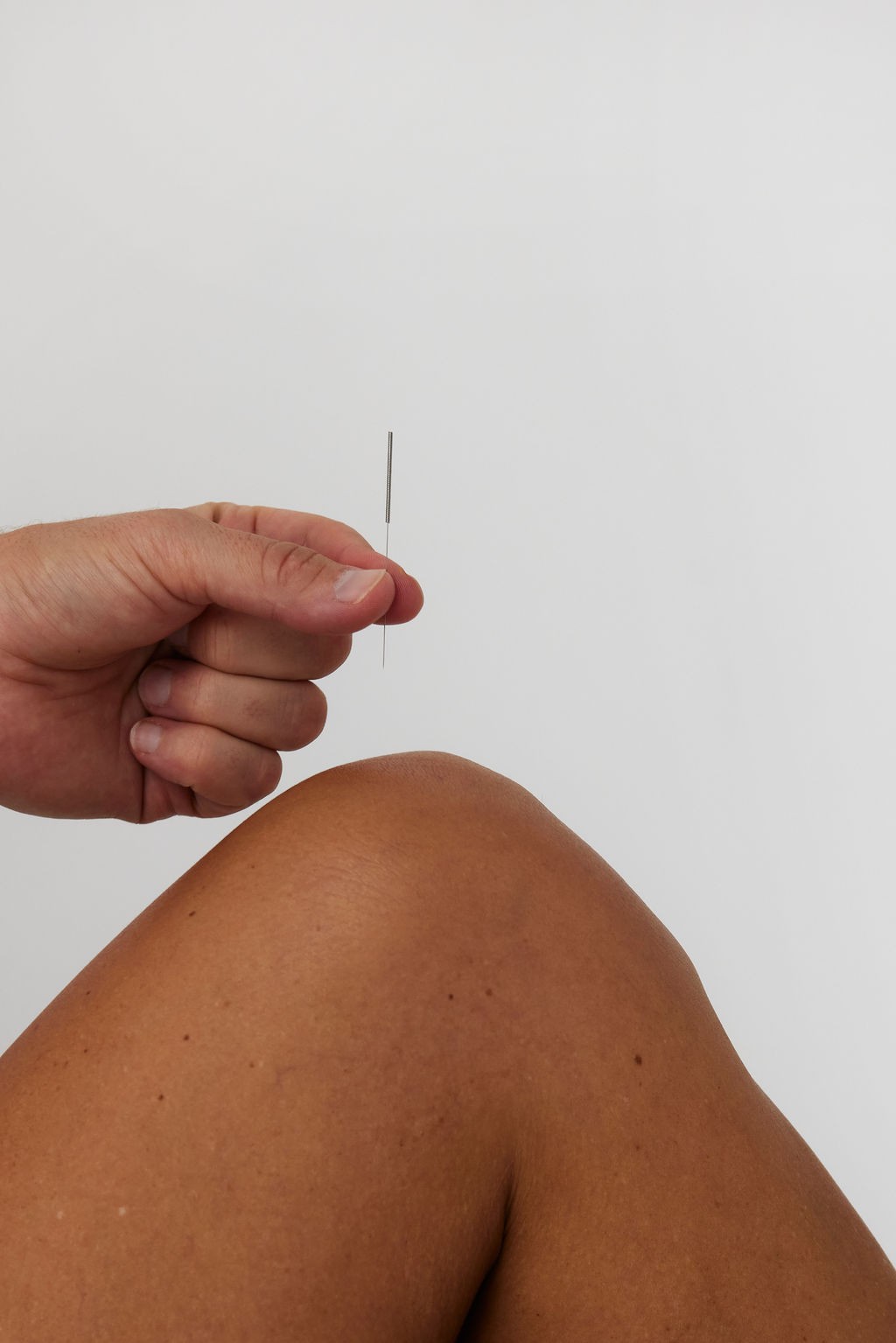Thumb Trouble: Unravelling De Quervain's Tenosynovitis and How to Tackle It
If you've ever experienced pain on the thumb side of your wrist, especially when engaging in activities involving gripping or pinching, you might be dealing with De Quervain's Tenosynovitis. This condition, often simply referred to as De Quervain's, involves inflammation of the tendons and their sheaths that control thumb movement. It can significantly impact your daily activities and overall quality of life.
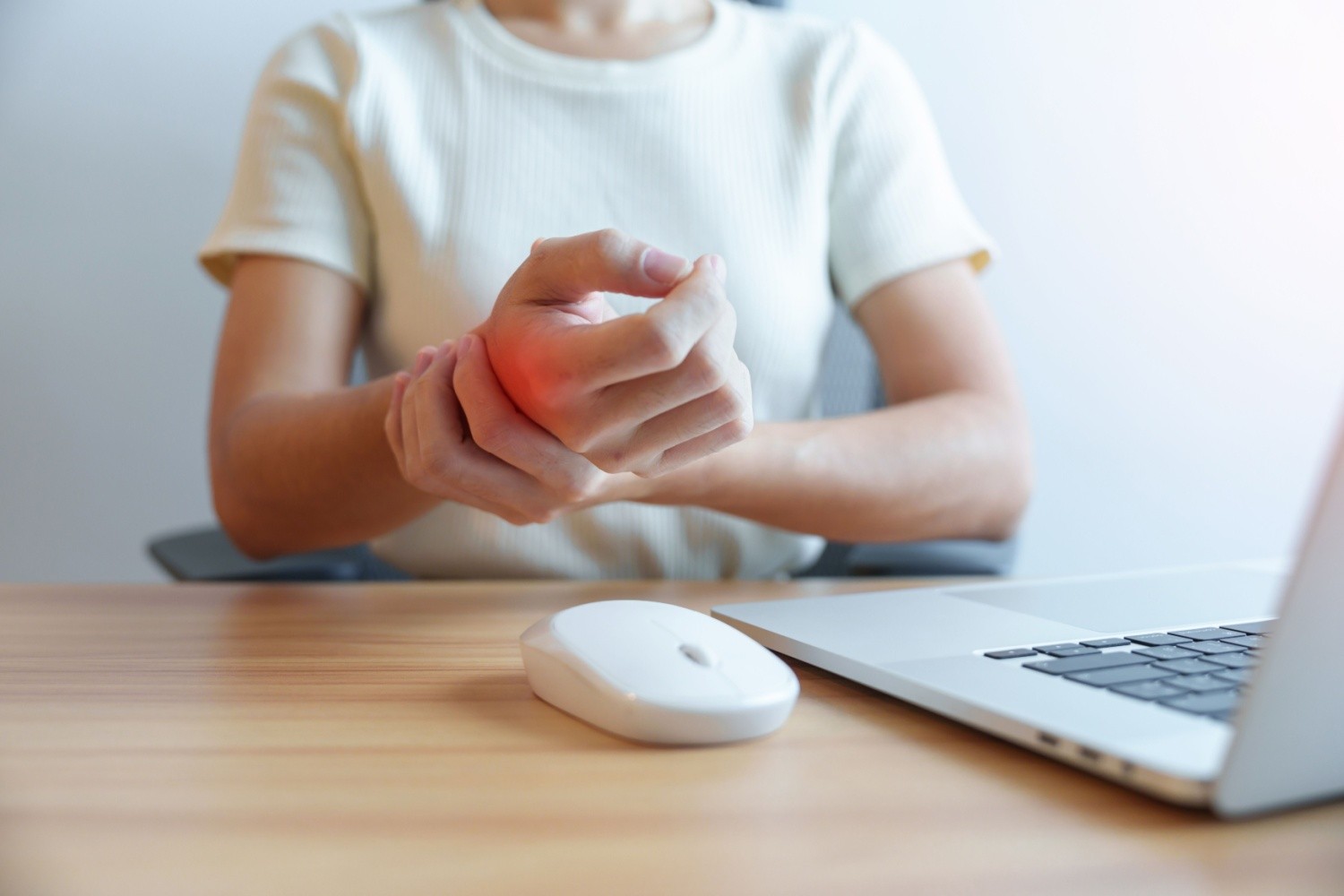
If you've ever experienced pain on the thumb side of your wrist, especially when engaging in activities involving gripping or pinching, you might be dealing with De Quervain's Tenosynovitis. This condition, often simply referred to as De Quervain's, involves inflammation of the tendons and their sheaths that control thumb movement. It can significantly impact your daily activities and overall quality of life.
What is De Quervain's Tenosynovitis?
De Quervain's Tenosynovitis is characterized by inflammation of the tendons and the surrounding sheath at the base of your thumb. Tendons, which connect muscles to bones, are encased in a protective sheath that allows them to slide smoothly. When this sheath becomes inflamed, typically due to overuse or repetitive strain, the tendons can’t glide effortlessly, leading to pain and restricted movement.
Common Causes:
The primary causes of De Quervain's Tenosynovitis include:
- Overuse of the Thumb and Wrist: Repetitive activities that involve gripping or pinching can strain the tendons.
- Repetitive Tasks: Jobs or activities like hammering, cutting hair, or lifting children can aggravate the condition.
- Existing Health Conditions: Inflammatory conditions such as arthritis can contribute.
- Trauma: Injury to the thumb or wrist can trigger inflammation.
Symptoms to Watch For
De Quervain's often presents with:
- Pain: Increased with thumb and wrist movements, particularly with prolonged use.
- Radiating Pain: Pain may extend into your forearm.
- Swelling: Noticeable swelling around the thumb base.
- Snapping or Popping Sensations: You might feel or hear a snapping sensation when moving your wrist or thumb.
- Numbness: Some people experience numbness in their hand or wrist.
- Movement Issues: Difficulty with smooth thumb and wrist movements, feeling "stuck" or jerky.
Who's at Risk?
Certain factors make you more susceptible to De Quervain's, including:
- Gender: Women are more commonly affected than men.
- Age: Most common in individuals aged 30-50 years.
- Pregnancy: Hormonal changes can increase risk.
- Occupational and Recreational Activities: Childcare workers, parents of young children, and those in manual labor jobs are at higher risk.
Diagnosing De Quervain's
A physiotherapist or healthcare provider can diagnose De Quervain's through:
- Physical Examination: Checking for pain and swelling.
- Finkelstein Test: A specific maneuver to pinpoint pain in the affected area.
- Ultrasound Imaging: To visualize inflammation of tendons and sheaths.
Effective Treatment Strategies
Managing De Quervain's Tenosynovitis involves several approaches:
- Splint or Brace: Wearing a splint to immobilize and rest the wrist and thumb.
- Ice Therapy: Applying ice to reduce swelling and alleviate pain.
- Rest: Avoiding activities that exacerbate symptoms.
- NSAIDs: Nonsteroidal anti-inflammatory drugs can help manage inflammation.
- Rehabilitation Exercises: Strengthening exercises to support recovery and prevent future issues.
- Corticosteroid Injections: For persistent cases, these may be used to reduce inflammation.
- Surgery: In rare cases, surgical intervention may be necessary if other treatments are ineffective.
Prevention Tips
Preventing De Quervain's Tenosynovitis involves:
- Proper Techniques: Use correct techniques and wear protective equipment where needed.
- Gradual Activity Increase: Slowly integrate new activities to allow muscle adaptation.
- Strengthening Exercises: Work on strengthening surrounding muscles, including your shoulder and core, to reduce strain on your wrist.
- Breaks and Rest: Take regular breaks during repetitive tasks and ensure adequate rest after intensive activities.
Outlook
With timely and appropriate treatment, most people recover from De Quervain's Tenosynovitis within 4-6 weeks. If the condition starts during pregnancy, symptoms might persist until after childbirth or breastfeeding. Untreated cases can extend recovery time to several months and may require surgery in severe instances. The key is to address symptoms early and avoid pushing through pain.
If you're experiencing symptoms of De Quervain's Tenosynovitis consult our expert physiotherapists here at The Urban Physio. Early intervention can make a significant difference in your recovery. Book in online now!
